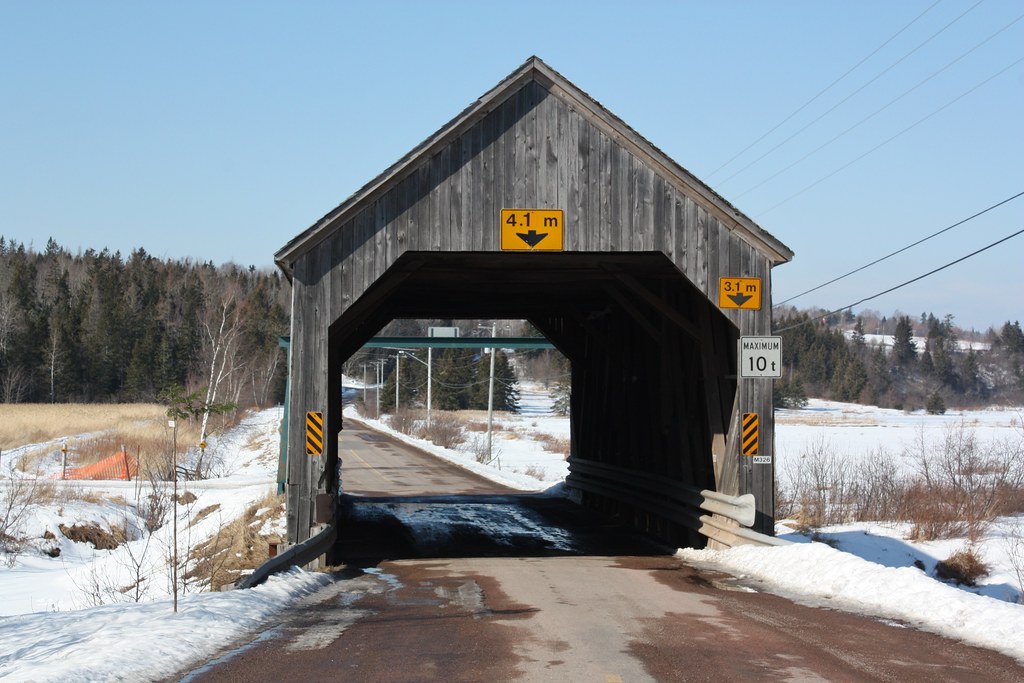Memramcook, sometimes also spelled Memramcouke or Memramkouke, is a village in Westmorland County, New Brunswick, Canada. Located in south-eastern New Brunswick, the community is predominantly people of Acadian descent who speak the Chiac derivative of the French language. Take a look below for 30 fun and interesting facts about Memramcook, New Brunswick, Canada.
1. An agricultural village, it has a strong local patrimony, key to the history of the region.
2. It was home to Mi’kmaqs for many years and was the arrival site of Acadians in 1700.
3. A large part of these Acadians were deported in 1755, but the village itself survived.
4. The Collège Saint-Joseph was the first francophone university in the east of Canada, which opened its doors in 1864 and hosted/organized the first National Acadian Convention in 1881.
5. Memramcook was called the “Berceau de l’Acadie”, which translates to “cradle of Acadia”. Long been inhabited by the Mi’kmaq, the site saw the arrival of their allies, the Acadians in 1700.
6. It now goes by the slogan of “Notre belle vallée”, since the recent re-branding of the village in May 2015.
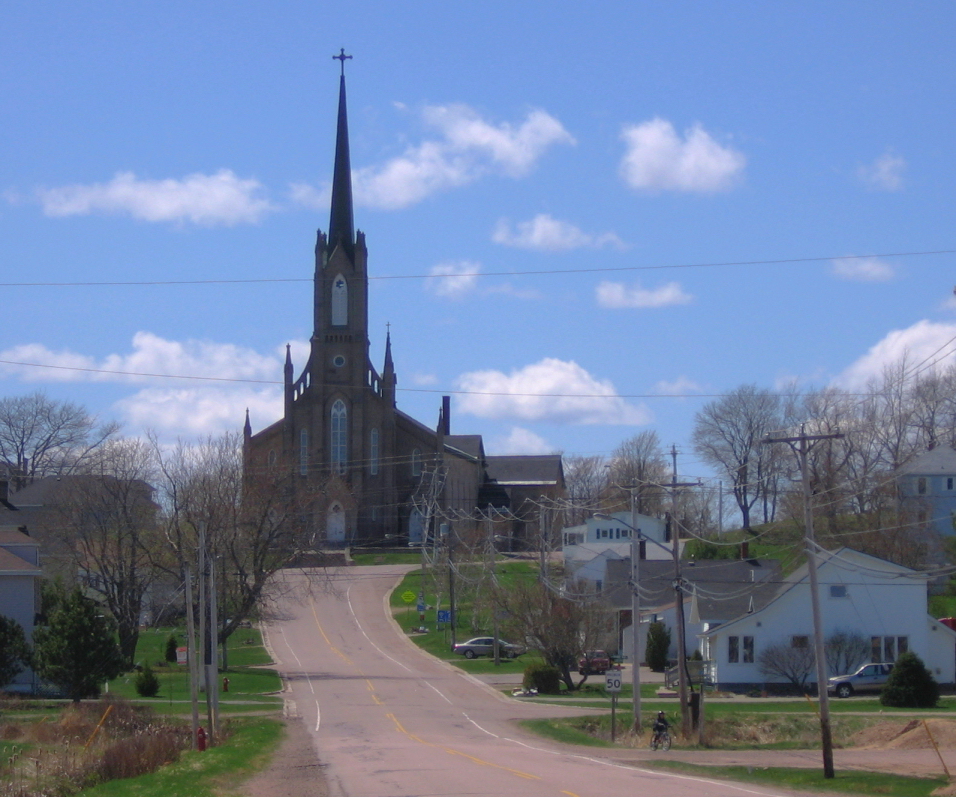
7. The village name is originally Mi’kmaq and means “variegated” referring to the many intricacies of the Memramcook River.
8. The first mention of the area used the spelling Mémérancouque in 1757. The missionaries turned it into Memerancook, Memerancooque (1757), Memeramcook (1803), Memramkook (1812), Mamramcook (1812) and finally Memramcook. There have been several recent controversies about the name, such as people who offer the spelling Memramcouk or Memramkouke.
9. Mi’kmaq people were already established in the region for a couple hundred years before the Acadians arrived. Their main village and cemetery seemed to be in Beaumont, and they also had a camp at what is now today Saint-Joseph.
10. Beaumont was a strategic location, giving that it allowed them to control the Petitcodiac River, the most important marine transport route in the region. Knockout, Bernard, Skéouite, Toudoi, Argémiche, Thomas and others were the common family names at the time.
11. Samuel de Champlain and Jean de Poutrincourt explored the region in 1605. They noted a rocky point (the Beaumont point) and no human presence. In 1612, Father Biard, Charles de Biencourt and their four Native American guides returned to visit Memramcook. At that time, there were about 60–80 cabins.
12. In 1672, Acadian and European word-runners and fishers started to frequent the area and some stayed to establish themselves. The village became a part of domain of La Vallière (Beaubassin) in 1676.
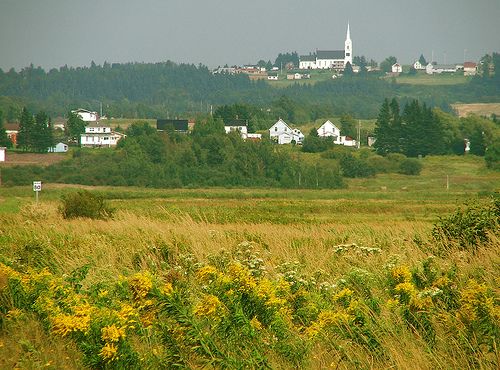
13. In 1698, Pierre Thibaudeau, Guillaume Blanchard, Pierre Gaudet and a few others left Port-Royal to explore Trois-Rivières. Pierre Guadet, the youngest of the group, decided to stay in Memramcook. The village developed much more quickly after the signing of the Utrecht Treaty, which gave Acadia to England in 1713.
14. Many families from Port-Royal moved to Memramcook at this time as it was still French territory.
15. Hamlets that would be later known as Pierre-à-Michel and Beaumont were founded in 1740. The Fort de La Galissoniére was constructed in 1751. Its job was to defend the entire isthmus of Chignecto, but was later replaced by Fort Beauséjour.
16. Residents were also starting to construct the famous dyke system to dry out the marshes for agriculture. In 1752, the village was composed of 250 people from 51 different families. There were the Blanchards, Richards, Lanoues, Dupuis, Benoîts, Landrys, Aucoins, Maillets, Girourads, Forests, Dangles, Savoies, Robichauds, Bastaraches, Heberts, Deslauriers, Cyrs, Bourques and Thibodeaus. People lived mostly along the river, and the first chapel was built in 1753 at Pointe-au-Bouleau, which is Ruisseau-des-Breau today.
17. Memramcook was founded in 1700 in the domain of Beaubassin in Acadia, of New France. Acadia was taken over by the English in 1713, but the freedom of the north of the Mesagoueche River, including Memramcook, is still contested. In 1768, Memramcook was annexed from Cumberland, Nova Scotia.
18. New Brunswick was created in 1784 by the Sunbury region and part of Cumberland. Memramcook is now part of the county of Westmorland. The parish of Dorchester, created in 1787 by territories not in a county, included Memramcook at one point. In 1827, the parish of Shediac was formed with parts of the Dorchester parish, Sackville and Westmorland. The country of Westmorland was constituted in 1877.
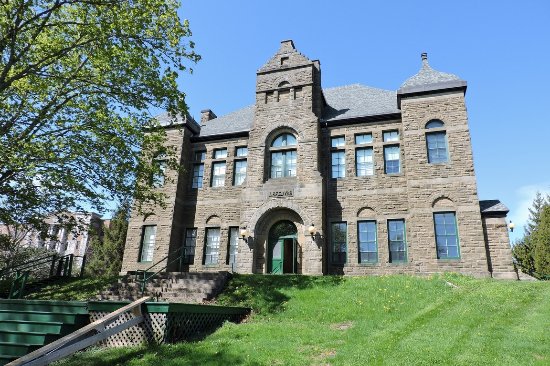
19. The municipality of the country was dissolved in 1966. The parish of Dorchester took over Westmorland again. Memramcook was incorporated as a town in 1995 incorporating the villages and communities of Saint-Joseph, Breau Creek, Cormier’s Cove, La Hêtrière, McGinley’s Corner, Memramcook East, Pré-d’en-Haut, Shediac Road, and a portion of the Parish of Dorchester.
20. Memramcook is situated 20 km south-east of Moncton, in the Trois-Rivières region. The village has an area of 187.67 km2. The most occidental part of the village is composed of the Grandes Buttes hill. This region, also called “Pointe” borders on the west by the Petitcodiac river.
21. It is composed of a plateau and a few hills, with the principal hill being Beaumont at 160m. The Grandes Buttes finish on the peninsula, so their extremity is the Beaumont point, or Fort Folly. To the east of the Grandes Buttes is the Valley of Memramcook, where the principal buildings are located. Even more to the east are the Aboujagne Woods and the Coppermine hill.
22. Memramcook is the border between Dieppe and Grand-Brûlis-du-Lac in the North and Sackville to the east. The Dorchester parish borders Memramcook to the south, and is composed of the south-east point where you can find the hamlet of Village-des-Taylors. This municipality also has an enclave in north-east Memramcook. Meramcook Village is also still generally considered as part of Acadia.
23. The village has two hydrographic basins. In the Petitcodiac River, Steeve’s, McFarlane’s, Downing, Boyd, Upper, Belliveau and Boudreau rivers empty. Stoney, Smith, Leblanc and Breault flow into the Memramcook River. The two major rivers meet at the Beaumont point.
24. The village is home to two important lakes, Memramcook Lake and Lake Folly. Lake Memramook is situated in the south-east of the village and is 500m long, where as Lake Folly is in the north-west and measures about 800m by 270m. There are also numerous marsh areas in Memramcook, mostly on the river banks, in the north of the village and a few along the Petitcodiac river.
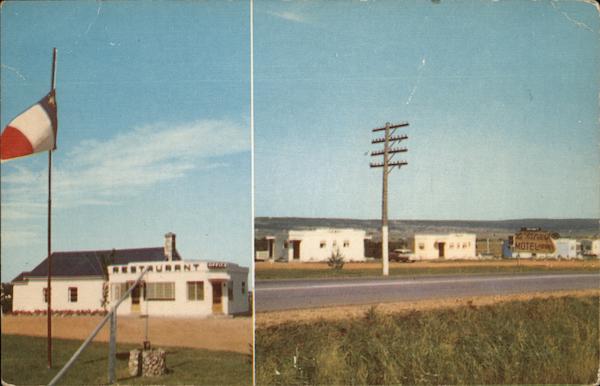
25. Memramcook is built on sedimentary rocks. Beaumont area is composed of rocks from the Cumberland Group, dating from the Pennsylvanian period whereas the rest of Memramcook is made of rocks from the Mabou area dating back to the Mississippian period. In the south of the NB province, there are rocks from the Horton group dating to Pennsylvanian and Devonian periods.
26. Memramcook is situated in the ecoregion of Eastern Lowlands, and in the ecodistrict of Petitcodiac. The forest is dominated by Red Spruce, Black Spruce, Sapins, Paper Birch and Red Maples. There are also Poplars, American White Pine and Eastern Hemlock in some areas.
27. The Trois-Rivières region is also a major migration route for several species of birds.
28. It saw its major growth, both culturally and politically, in the 18th and 19th centuries. The preservation and renaissance of Acadian culture in Maritime Canada began in this village, largely as a result of the intervention of the seminary/collegiate at College St-Joseph – one of the founding colleges of the Université de Moncton. College St-Joseph, the first Francophone university in the Maritimes, opened its doors in the village in 1864.
29. Among the employed population, 4.5% work at home, 12.4% have no fixed place of work and 82.8% have a fixed place of work. Among workers with a fixed place of work, 20.0% work in the village, 74.5% work elsewhere in the county, 2.9% work elsewhere in the province and 2.6% work in another province 29.
30. There are two branches of the Caisse populaire Dieppe-Memramcook, based in Dieppe and member of Credit Unions Acadian 31.

